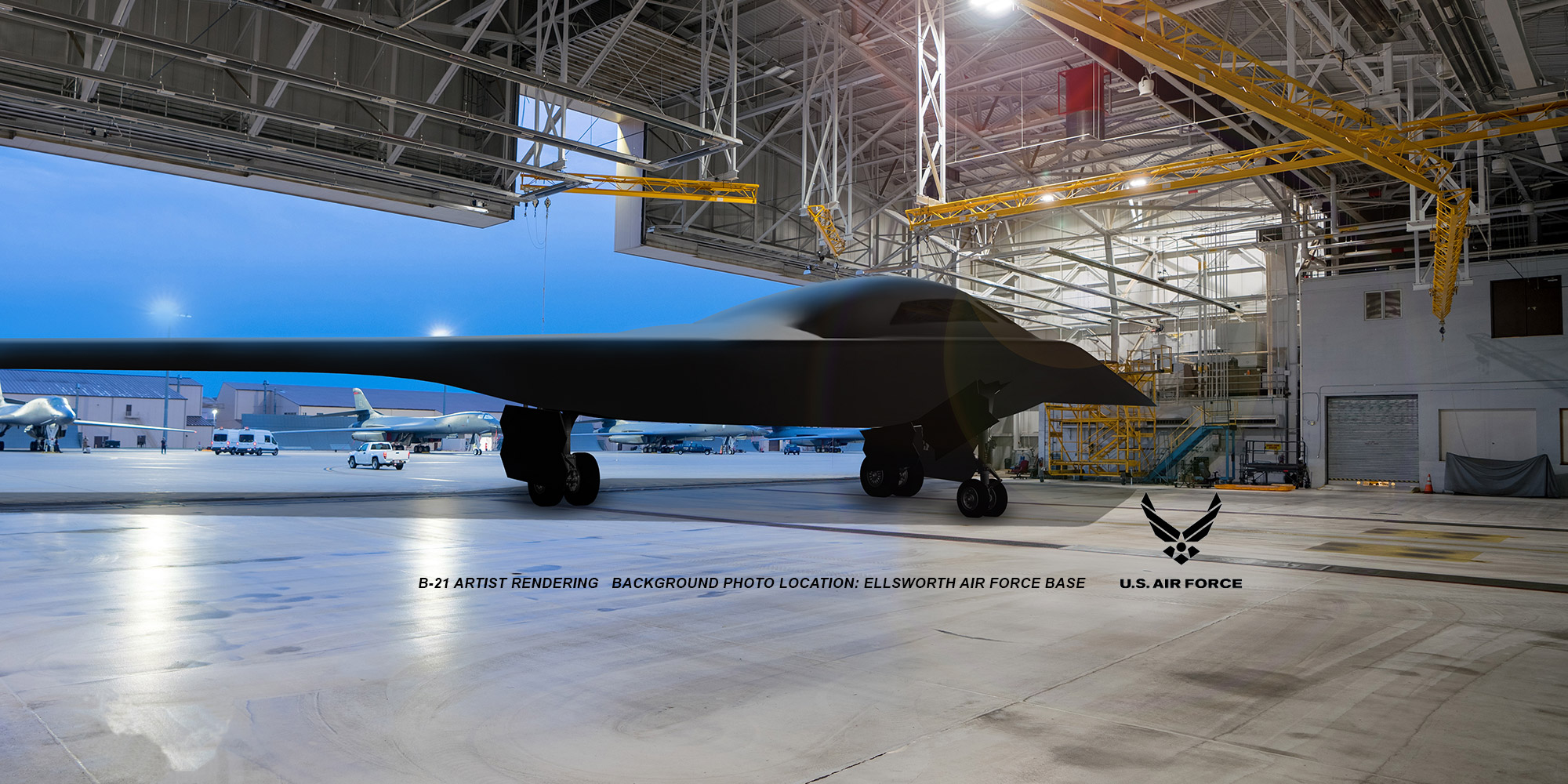B-21 Studies and Reports

Long-Range Strike: Resetting the Balance of Stand-in and Stand-off Forces
June 2020
The Mitchell Institute for Aerospace Studies is pleased to announce a new study report, Long Range Strike: Resetting the Balance of Stand-in and Stand-off Forces by Col Mark Gunzinger, USAF (Ret.), Director of Future Concepts and Capability Assessments.
Read more of The Michell Institute for Aerospace Studies
Five Priorities for the Air Force’s Future Combat Air Force
January 2020
The 2018 National Defense Strategy (NDS) calls for increasing the capacity, lethality, and survivability of the joint force in future contested threat environments.
Read more of Center for Strategic and Budgetary Assessments
Air Force B-21 Raider Long-Range Strike Bomber
November 2019
The Department of Defense is developing a new long-range bomber aircraft, the B-21 Raider (previously known as LRS-B), and proposes to acquire at least 100 of them. B-21s would initially replace the fleets of B-1 and B-2 bombers, and could possibly replace B-52s in the future.
Read more of Congressional Research Service
The Force We Need: Key Factors for Shaping the Air Force for the Future
March 2019
Today, the United States Air Force is the smallest it has ever been since its founding as an independent military service in 1947. This dynamic now translates to fewer national security options presented to combatant commanders and decision makers, and the assumption of increased risk at a time when threats are on the rise around the world.
Read more of The Michell Institute for Aerospace Studies
An Air Force for an Era of Great Power Competition
March 2019
The report summarizes insights and recommendations developed during a CSBA study of the U.S. Air Force's future aircraft inventory. As required by the 2018 National Defense Authorization Act, the report proposes a force planning construct and associated force structure necessary for the United States to support the 2018 National Defense Strategy.
Read more of Center for Strategic and Budgetary Assessments
Building the Future Bomber Force America Needs: The Bomber Re-Vector
September 2018
The sobering reality is that the United States is confronted by a dangerous future, and the nation’s well being fundamentally depends upon making smart decisions that yield the greatest military value, thereby affording leaders with a broad range of robust options. Fortunately, it is not too late for the US military and the Air Force to rise to this challenge. It is time to grow America’s bomber force for the 21st century in an era of burgeoning, increasingly complex challenges.
Read more of The Michell Institute for Aerospace Studies
Survivability in the Digital Age: The Imperative for Stealth
August 2017
Ever since F-117 Stealth Fighters attacked Baghdad on the opening night of Operation Desert Storm, stealth technology has stood as a pillar in America’s arsenal. Stealth is and continues to be a central tenet of aircraft survivability.
Read more of The Michell Institute for Aerospace Studies
Beyond the “Bomber:” The New Long-Range Sensor-Shooter Aircraft and US National Security
July 2017
The ability to strike targets anywhere in the world at any time to net strategic effects is a core US national security capability unique to the Air Force’s Long-Range Strike (LRS) force.
Read more of The Michell Institute for Aerospace Studies
Higher, Heavier, Farther, and now Undetectable? Bombers: Long-Range Force Projection in the 21st Century
June 2017
On Christmas Day in 1914, three former cross-channel packet ships, the Engadine, Empress, and Riviera, stood off the island of Heligoland in the North Sea. Under the watchful eye of the Royal Navy cruisers Arethusa and Undaunted, the three ships pulled back the tarps erected on their sterns and forecastles to reveal nine seaplanes.
Read more of Center for a New American Security
US Bomber Force: Sized to Sustain an Asymmetric Advantage for America
November 2015
The number of long-range strike (LRS) aircraft in the US Air Force inventory has dwindled from thousands in the 1950s and 1960s to fewer than 100 combat-coded B-52s, B-1s, and B-2s in service today. These reductions were driven by changes in the strategic environment, shifts in operations, technological developments, and resource constraints.